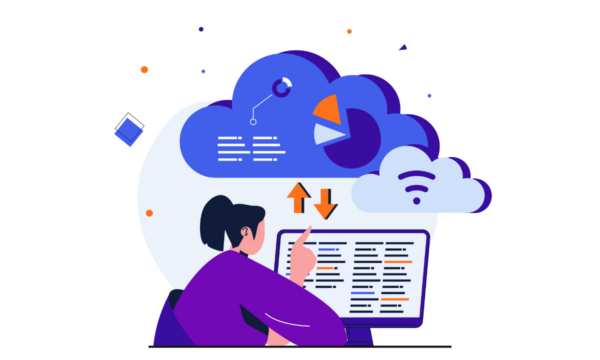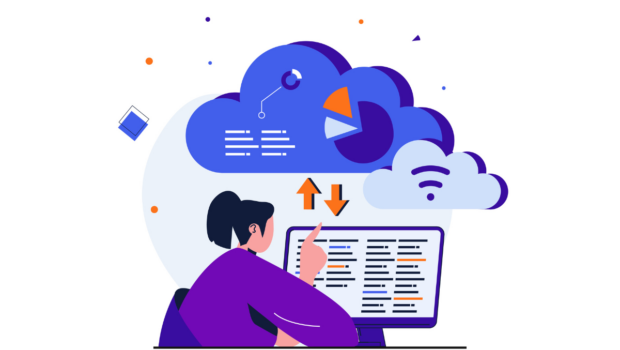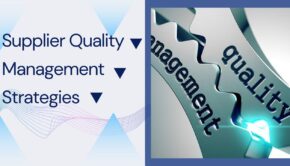5 Common Cloud Migration Strategies That You Should Know
Cloud migration has become more common since the advent of COVID-19. A cloud migration strategy involves a business’s effort to move all essential resources such as data, applications, and services to the cloud for greater storage and safety. These strategies align perfectly with the remote working conditions. All in all, cloud migration has come to enhance your productivity and efficiency in business. You need an effective strategy to shift all resources from a legacy system to a cloud. More than fifty percent of companies are endeavoring to move towards cloud technology and improve their present cloud utilization conditions.

Image source: Imagesource.io
Following are the top five common cloud migration strategies you should know:
Rehosting
Rehosting is a migration strategy that involves a complete shift and direct transportation of current data to the cloud. Those businesses that are solely operated online can benefit from this strategy. A minimum amount of time is required in rehosting to migrate data and execute operations. The method might be costly, but the dividends are worth the money and effort.
Replatform
Replatform is a bit different from rehosting in its functioning. Unlike reposting, which works with a ‘lift and shift’ approach of making core changes in infrastructure, this platform allows you to bring suitable modifications to the infrastructure to suit the cloud environment. Many programmers and app developers use this strategy in their applications.
Retire
This ideal strategy is for omitting unneeded data and resources such as applications. It is a crucial task and is often done in the initial stages of migration to prioritize the transfer of useful applications. An application that does not meet the cloud conditions is omitted from the IT arena. In this way, you will explore other applicable applications in terms of their use with the cloud environment and the company.
Repurchasing
Repurchasing occurs when the conditions in the legacy system become unmanageable. The legacy system is shifted to a cloud when in-house customer relationship does not render much use. It might seem economical and cost-effective, but it comes with complications. Employees and end users must be acclimatized well with the resources through proper training.
Rearchitecturing
One strategy to bring your data and resources to the cloud is by completely rebuilding your system on the cloud. You will use the cloud service provided by a cloud provider. This is a time taking process, but it is a last resort when you ascertain that the current system does not comply with your company’s needs. It is beneficial in the long run.
Cloud migration is a complex and risky process since it comes with data security challenges and cost management. A secure environment must be maintained when planning, resourcing, and testing for cloud migration. Cloud migration provides long-term benefits only if the right migration strategy is applied to your system and data. The above-mentioned strategies are among the top five most common cloud migration approaches to deal with the secure and prolonged transfer of applications, data, and resources.









![Know More about Headphones [Infographic]](https://technofaq.org/wp-content/uploads/2017/05/Know-More-About-Headphones-150x150.jpg)






